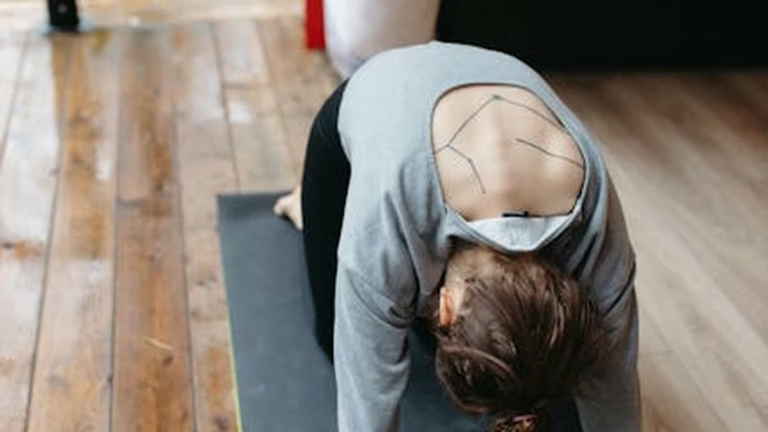Managing Seasonal Affective Disorder (SAD): Light Therapy and Mood Boosters
Understanding Seasonal Affective Disorder (SAD)
Seasonal Affective Disorder (SAD), sometimes referred to as the winter blues, is a type of depression that’s related to changes in seasons. SAD begins and ends at about the same times every year. Most people with SAD experience symptoms starting in the fall and continuing into the winter months, sapping their energy and making them feel moody. It’s more than just feeling a little down during the darker months; SAD significantly impacts daily life.
While the exact cause of SAD is unknown, it’s thought to be related to a disruption of the body’s natural circadian rhythm due to decreased sunlight. This disruption can affect serotonin levels, a neurotransmitter that affects mood, and melatonin levels, which regulate sleep patterns.
Symptoms of SAD
Recognizing the symptoms of SAD is the first step in managing it. Common symptoms include:
- Persistent feelings of sadness, hopelessness, or anxiety
- Loss of interest in activities you once enjoyed
- Changes in appetite or weight, often craving carbohydrates
- Difficulty concentrating
- Fatigue and low energy levels
- Sleeping problems, such as oversleeping or insomnia
- Irritability
- Social withdrawal
Light Therapy: Shining a Light on SAD Relief
Light therapy, also known as phototherapy, is a cornerstone treatment for SAD. It involves sitting near a special light box that emits a bright light similar to sunlight. The light exposure helps regulate your circadian rhythm and can improve mood and energy levels.
How Light Therapy Works
The bright light from the light box stimulates the retina in your eyes, which then sends signals to the brain. These signals can help:
- Suppress melatonin production, reducing feelings of sleepiness
- Increase serotonin levels, boosting mood
- Regulate your circadian rhythm, improving sleep patterns
Using a Light Box Effectively
To get the most out of light therapy, follow these guidelines:
- Choose the right light box: Look for a light box that emits 10,000 lux of light and filters out harmful UV rays.
- Time it right: Typically, light therapy is most effective when done first thing in the morning for about 20-30 minutes.
- Position yourself correctly: Sit about 12-24 inches away from the light box, with the light shining towards your eyes. You don’t need to stare directly at the light.
- Be consistent: Use the light box every day, even on sunny days, until spring arrives.
It’s always a good idea to consult with your doctor before starting light therapy, especially if you have any underlying medical conditions or are taking medications.
Mood Boosters: Complementary Strategies for Managing SAD
While light therapy is often the primary treatment for SAD, incorporating other mood-boosting strategies can further enhance its effectiveness and improve your overall well-being.
Lifestyle Adjustments
- Get regular exercise: Physical activity releases endorphins, which have mood-boosting effects. Aim for at least 30 minutes of moderate-intensity exercise most days of the week. Even a brisk walk can make a difference.
- Maintain a healthy diet: Focus on eating a balanced diet rich in fruits, vegetables, and whole grains. Limit processed foods, sugary drinks, and excessive caffeine.
- Prioritize sleep: Aim for 7-9 hours of quality sleep each night. Establish a regular sleep schedule and create a relaxing bedtime routine.
- Spend time outdoors: Even on cloudy days, spending time outdoors can help boost your mood and increase your exposure to natural light.
- Stay connected with others: Social isolation can worsen SAD symptoms. Make an effort to connect with friends and family, even if you don’t feel like it.
Other Helpful Strategies
- Vitamin D supplements: Vitamin D deficiency is common during the winter months and can contribute to SAD symptoms. Talk to your doctor about whether taking a vitamin D supplement is right for you.
- Cognitive Behavioral Therapy (CBT): CBT is a type of therapy that helps you identify and change negative thought patterns and behaviors that contribute to SAD.
- Mindfulness and meditation: Practicing mindfulness and meditation can help reduce stress and improve mood.
- Aromatherapy: Certain essential oils, such as lavender and bergamot, have been shown to have mood-boosting effects.
Seeking Professional Help
If your SAD symptoms are severe or interfering with your daily life, it’s important to seek professional help. A doctor or mental health professional can provide a diagnosis, recommend appropriate treatment options, and monitor your progress. They may also prescribe antidepressant medication if necessary.
Conclusion
Seasonal Affective Disorder can be a challenging condition, but with the right strategies, you can effectively manage your symptoms and improve your quality of life. Light therapy, combined with lifestyle adjustments and other mood-boosting techniques, can help you navigate the winter months with greater ease and resilience. Remember to consult with your doctor or a mental health professional for personalized guidance and support. Don’t let the winter blues keep you down – take proactive steps to reclaim your well-being and embrace the season with renewed energy and optimism.






